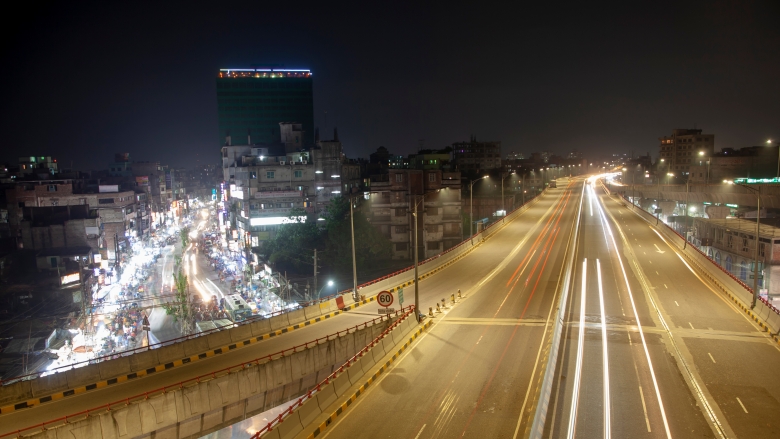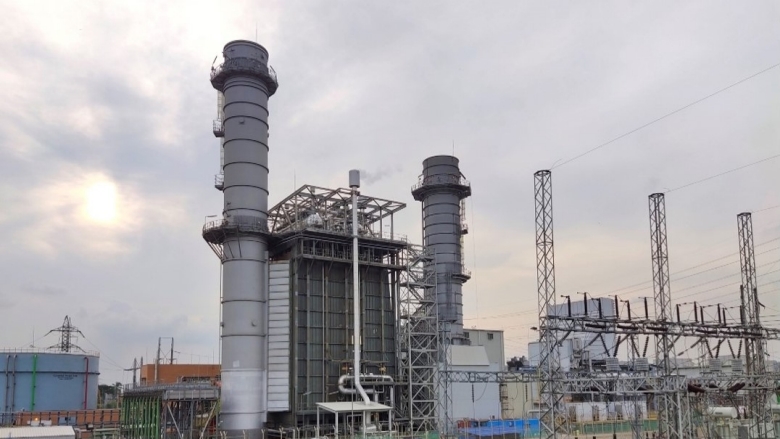Approach
In the face of increasing energy demand and gas shortage, the government with help from the World Bank, decided to convert the planned Siddhirganj Peaking Power Plant — originally designed as a 300 MW peaking power plant (gas-fired) — to an energy-efficient, combined cycle technology. This upgraded technology allows to produce more energy per unit of gas input. The cleaner technology reduces emission while ensuring higher thermal efficiency.
In 2015, the World Bank approved an additional $177 million to close the financing gap to complete the construction of a 335-megawatt combined cycle power plant at Siddhirganj. Earlier, in 2008, the World Bank provided $350 million to construct a 300-megawatt gas turbine power plant.
The conversion to the combined cycle technology helped to produce affordable, clean and reliable electricity. The Electricity Generation Company of Bangladesh (EGCB) installed the 335 MW combined cycle power plant. The Power Grid Company of Bangladesh (PGCB) installed an 11 km 230 kV transmission line to transfer the power generated by the power plant. The Gas Transmission Company Limited (GTCL) installed a 60 km 30-inch gas pipeline to supply upstream gas to the Siddhirganj region. In addition to supporting the physical infrastructure of the plant, the project provides institutional development support to these three agencies.
Not only did the government and the World Bank find creative and flexible solutions to upgrade the technology, but a flexible approach also helped the local community. The project found ways to build a new school for the local children to replace an old and depleted school building that was too close to the power plant and would have been affected by noise pollution. To protect the children, the new school has a buffer zone of 300 meters from the power plant boundary. In addition, there will be a 10-meter wide tree plantation at the south border of the plant.
With this project, the World Bank’s ongoing support in the energy sector in Bangladesh totals about $2.4 billion, covering generation, transmission, and distribution, including renewable energy. The World Bank supported projects have so far added a total of 2603 MW to the sector, including 120 MW through off-grid/renewable option.



